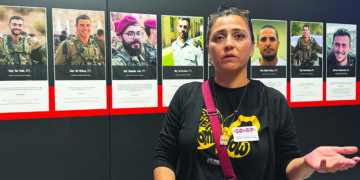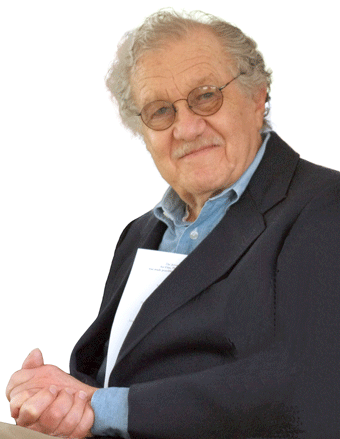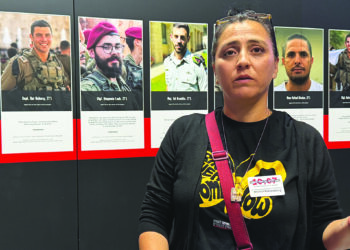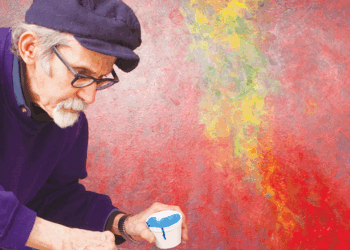Famed and influential photographer Jerome Liebling came to the University of Minnesota as a professor in 1949, and established the school’s first photography and film program. He traveled with camera throughout the state, beginning in the 1950s, and created indelible photographic images of the celebrated and the regular folk.
Liebling died July 27Â in Northampton, Mass. He was 87.
The Star Tribune noted that two of Liebling’s six books pay tribute to his Minnesota years: The Face of Minneapolis (Dillon Press, 1966) and Jerome Liebling: The Minnesota Photographs (Minnesota Historical Society Press, 1997).
“He always had a deep love for Minnesota, and a special interest in working folks,” his daughter Tina Liebling, a lawyer and DFL state representative from Rochester, told the Star Tribune.
The New York Times, in a lengthy obituary, said that Liebling “influenced a generation of socially minded photographers and documentary filmmakers,” and that he was “among a wave of pioneering photographers — including Walker Evans, Berenice Abbott, Helen Levitt and Gordon Parks — who took to the streets of New York in the 1930s and ’40s to make art by turning their cameras onto corners of urban life that had mostly been ignored by the photographers before them.”
Minneapolis photographer Stuart Klipper met Liebling years ago in Rochester, N.Y. — “the home of Kodak.”
Klipper told the Jewish World that Liebling was “affability incarnate. He and his photography always bore the cast of calm determination and conscientious ‘acception.’ At the core he was driven by a deep and unyielding need to broaden his humanistic embrace…. He was a real mensch.”
After his tenure at the University of Minnesota, Liebling, then a renowned photographer and filmmaker, went to Hampshire College in Northampton, in 1969, and founded the school’s film, photography, and video program.
A remembrance of Liebling on the Web site of Hampshire College noted that many of Liebling’s former students “who have gone on to be among the nation’s leading filmmakers and photographers, have praised Liebling for his humanity, intelligence, and perception as well as the power of his influence on their work. Ken Burns has said that his mentor’s ‘thumbprint is suffused on every frame’ of his films.”
Liebling remained at Hampshire until his retirement in 1990, with a leave in academic year 1976-77 to serve as Yale University’s First Walker Evans Visiting Professor of Photography.
In addition to his daughter in Rochester, the New York Times reported that Liebling is survived by his wife, Rebecca Nordstrom, a professor of dance at Hampshire College; three daughters, Madeline Liebling of Shelburne Falls, Mass., Daniella Liebling and Rachel Jane Liebling of Brooklyn; a son, Adam Liebling of Cambridge, Mass.; and five grandchildren.
* * *
These days it seems that physical “truth” can easily be rearranged, rethought, or re-created outright. Any image can be made pristine, all the warts can be removed.
But returning to the source of a thing — the real source — means the photographer has to watch, dig, listen for voices, sniff the smells, and have many doubts.
My life in photography has been lived as a skeptic.
— Jerome Liebling, The People, Yes, 1995



















